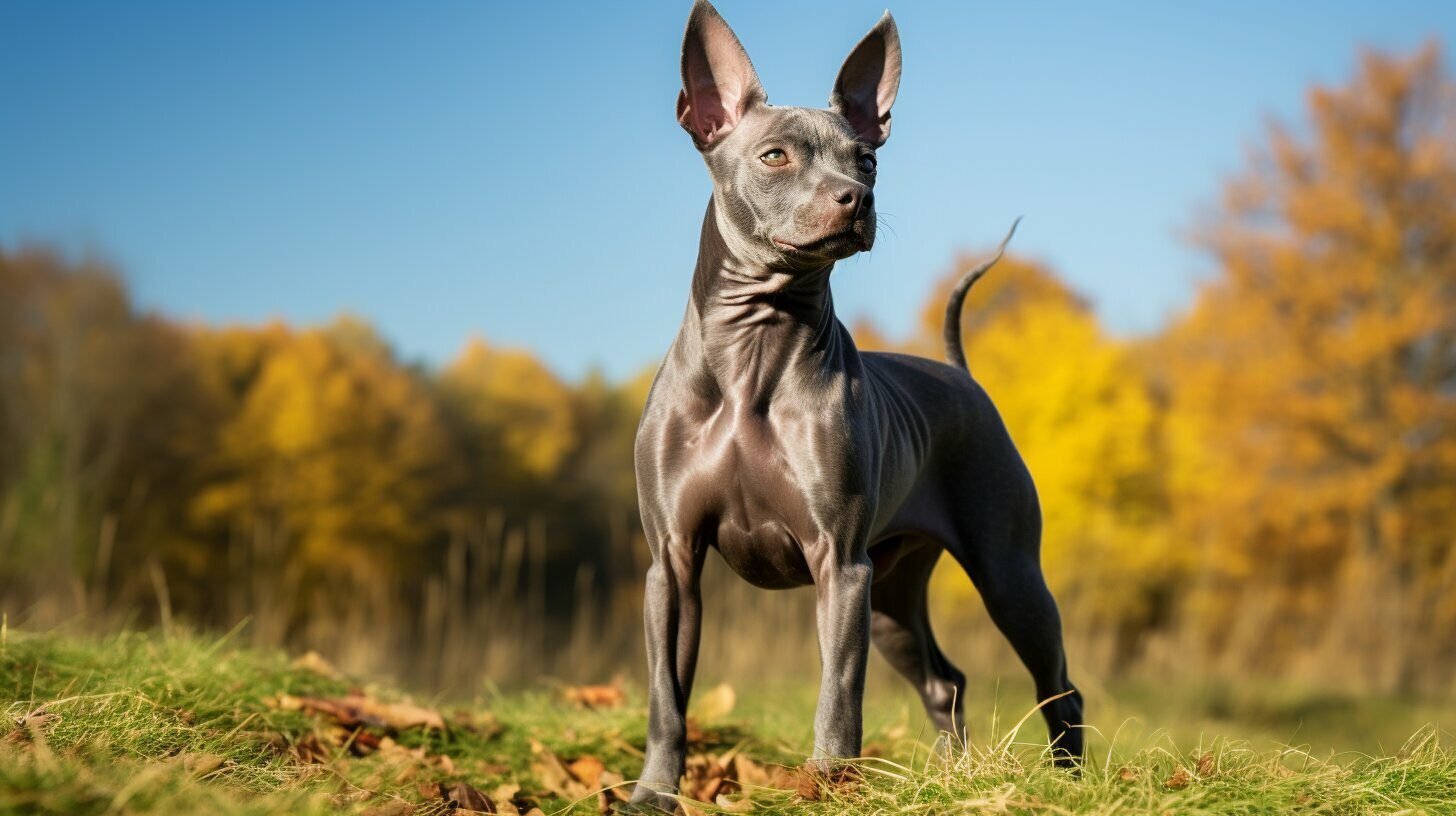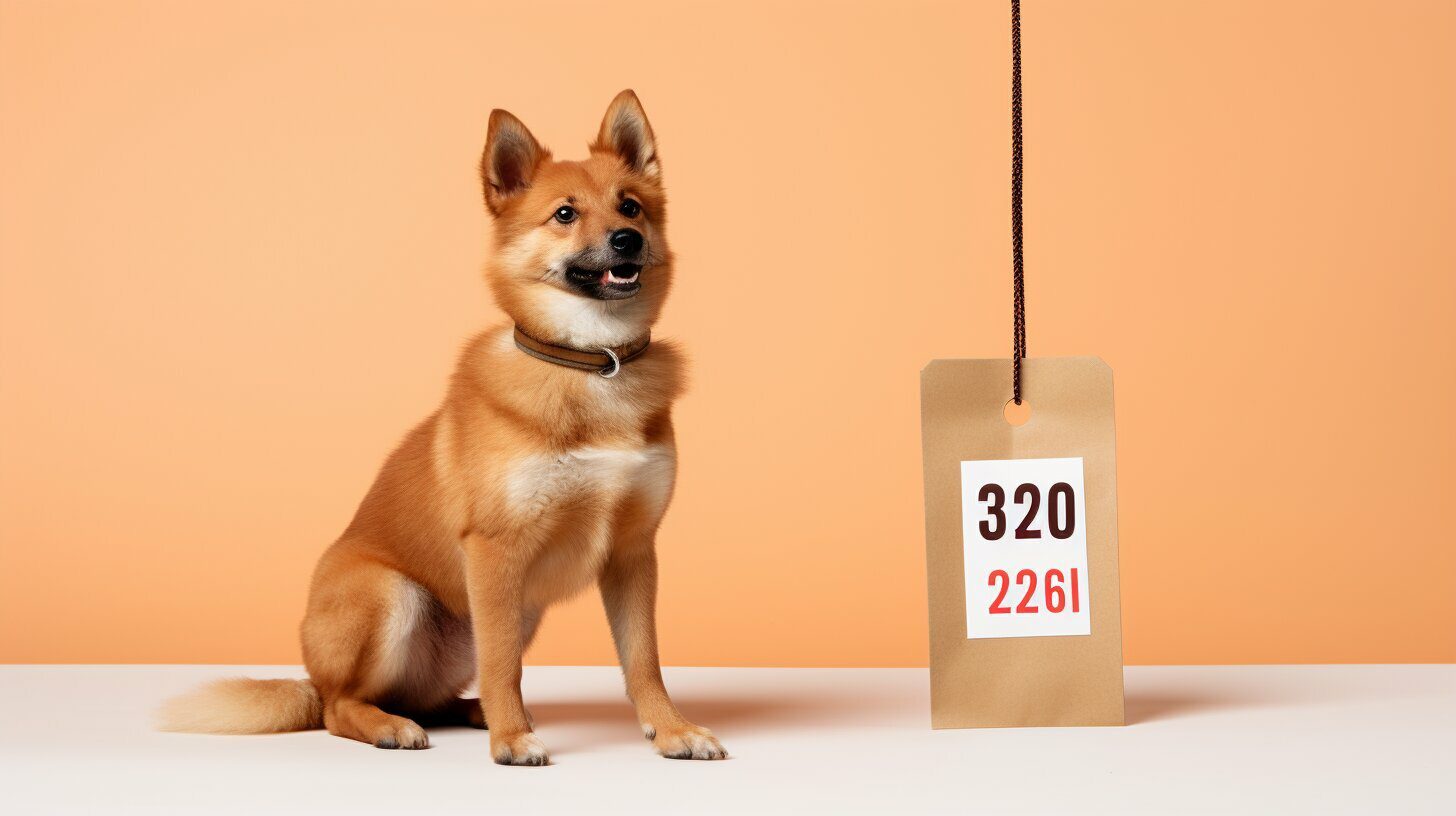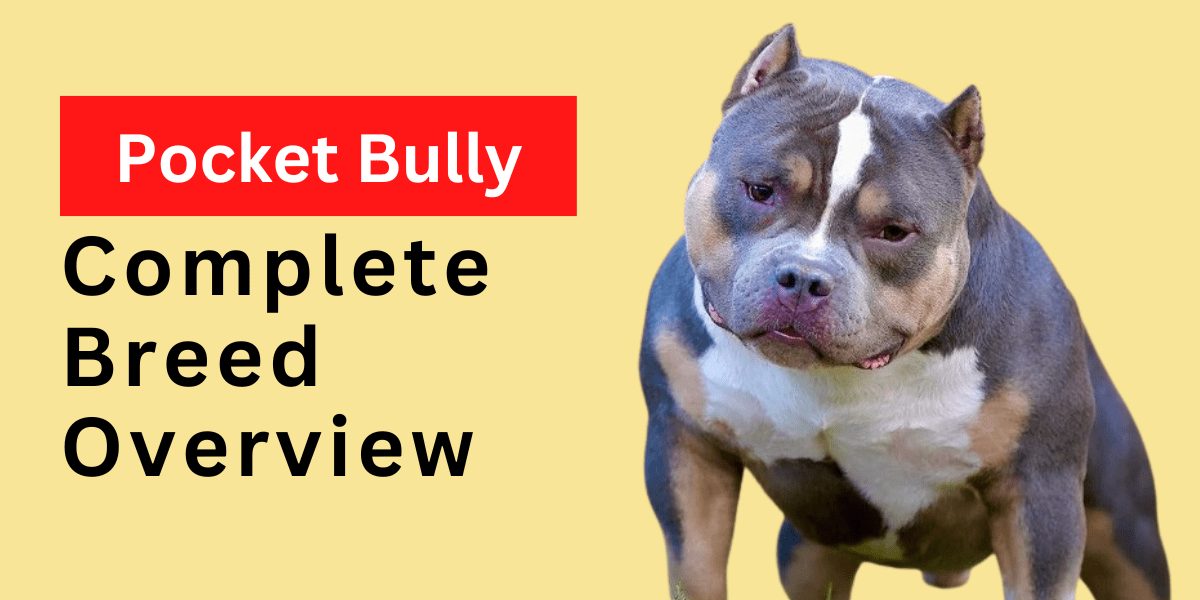
The Pocket Bully is a miniature version of the American Bully. They are a relatively new breed created in the 1990s and are still reasonably rare. Pocket Bullies are known for their loving and affectionate nature. They make great family pets and get along well with children. Keep reading to learn everything you need to know about this unique breed.
Pocket Bully
The Pocket Bully is a miniature or “mini” version of the American Bully. It is a hybrid or designer breed developed in the United States in the 1990s. The Pocket Bully crosses the American Pit Bull Terrier and the American Staffordshire Terrier.
The Pocket Bully is a small to medium-sized dog with a short, thick coat. The head is large and blocky, with erect ears. The eyes are round and may be any color. The body is compact and muscular, with short legs. The tail is thick at the base and tapers to a point. The coat is short, smooth, shiny, and may be any color.
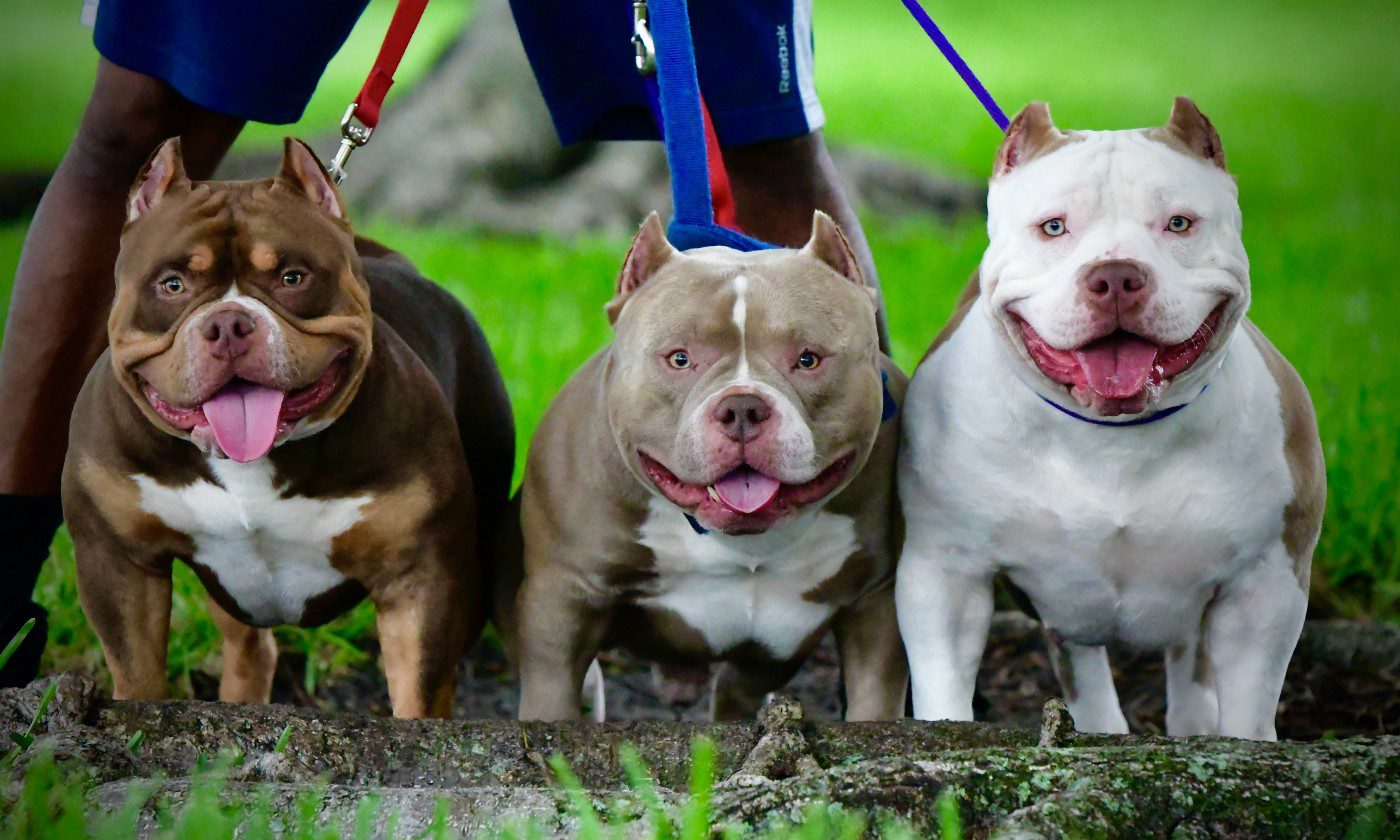
History
The Pocket Bully was created in the United States in the 1990s. They were bred by crossing American Pit Bull Terriers and American Staffordshire Terriers. The goal was to create a smaller version of the American Bully that still had all of the desirable traits of the original breed.
Physical Appearance of Pocket Bully
Size and Weight of Pocket Bully
The Pocket Bully typically stands 13 to 20 inches tall at the shoulder and weighs between 14 and 24 pounds.
However, there is some variation in size depending on the specific bloodline. For example, some Pocket Bullies may be on the smaller side while others may be closer to the upper end of the weight and height range.
Coat and Color of Pocket Bully
The coat is short, smooth, shiny, and may be any color. Standard colors include black, blue, brindle, fawn, red, white, or a combination of these colors.
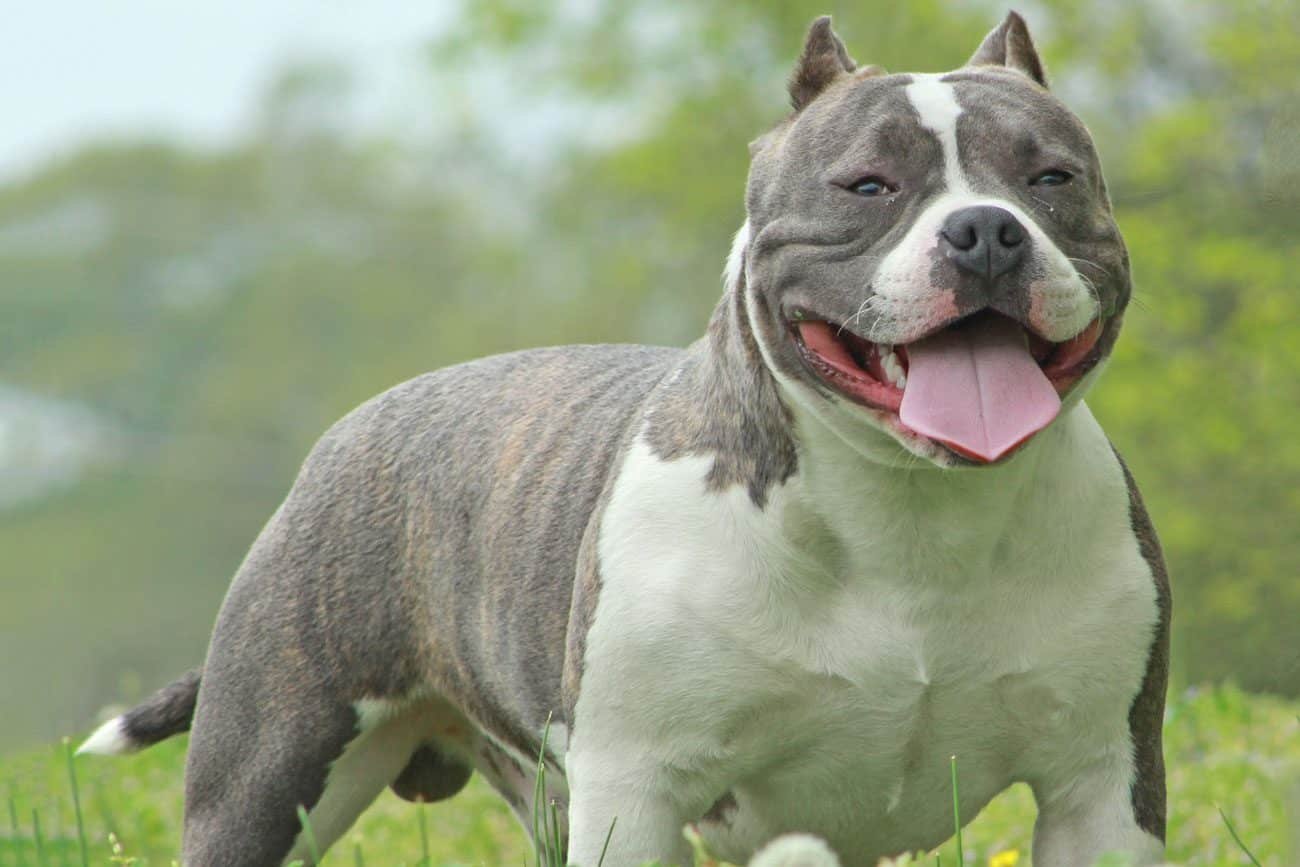
Pocket Bully’s Temperament and Personality
Temperament
The Pocket Bully temperament is one of the breed’s most appealing traits. These dogs are outgoing and friendly yet still protective of their families. They make great companion animals and are excellent with children. Pocket Bullies are also very intelligent and trainable. With proper socialization and training, they can get along well with other pets in the home.
One important thing to remember with the Pocket Bully temperament is that these dogs need plenty of exercise. They have a lot of energy and can become destructive if they’re not given an outlet for it. Therefore, a daily walk or run is a must for this breed. In addition, Pocket Bullies benefit from having a job to do. Whether playing fetch, learning tricks, or going for hikes, these dogs love to stay busy.
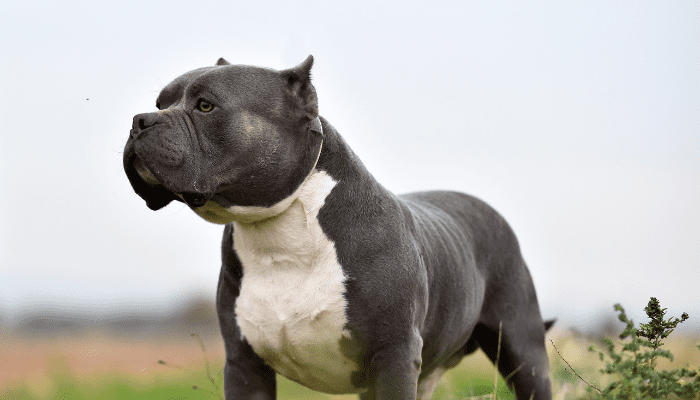
Personality
- Loyalty: One of the best things about Pocket Bullies is their loyalty. They are incredibly loyal to their family and will do anything to protect them. This makes them excellent guard dogs. They will bark at strangers, and strangers will think twice before coming onto your property!
- Love: Pocket Bullies also have a lot of love to give. They are very affectionate with their family and love to cuddle. They will often follow their owner around the house and want to be involved in everything that’s going on.
- Protective: As mentioned before, Pocket Bullies are very protective of their families. This means that they do not do well with children or other animals. They need to be the only pet in the household to get all the attention!
- Energy: Pocket Bullies have a lot of energy and love to play. They need daily exercise, or they will become destructive. A daily walk is a great way to tire them out so they can relax in the evening.
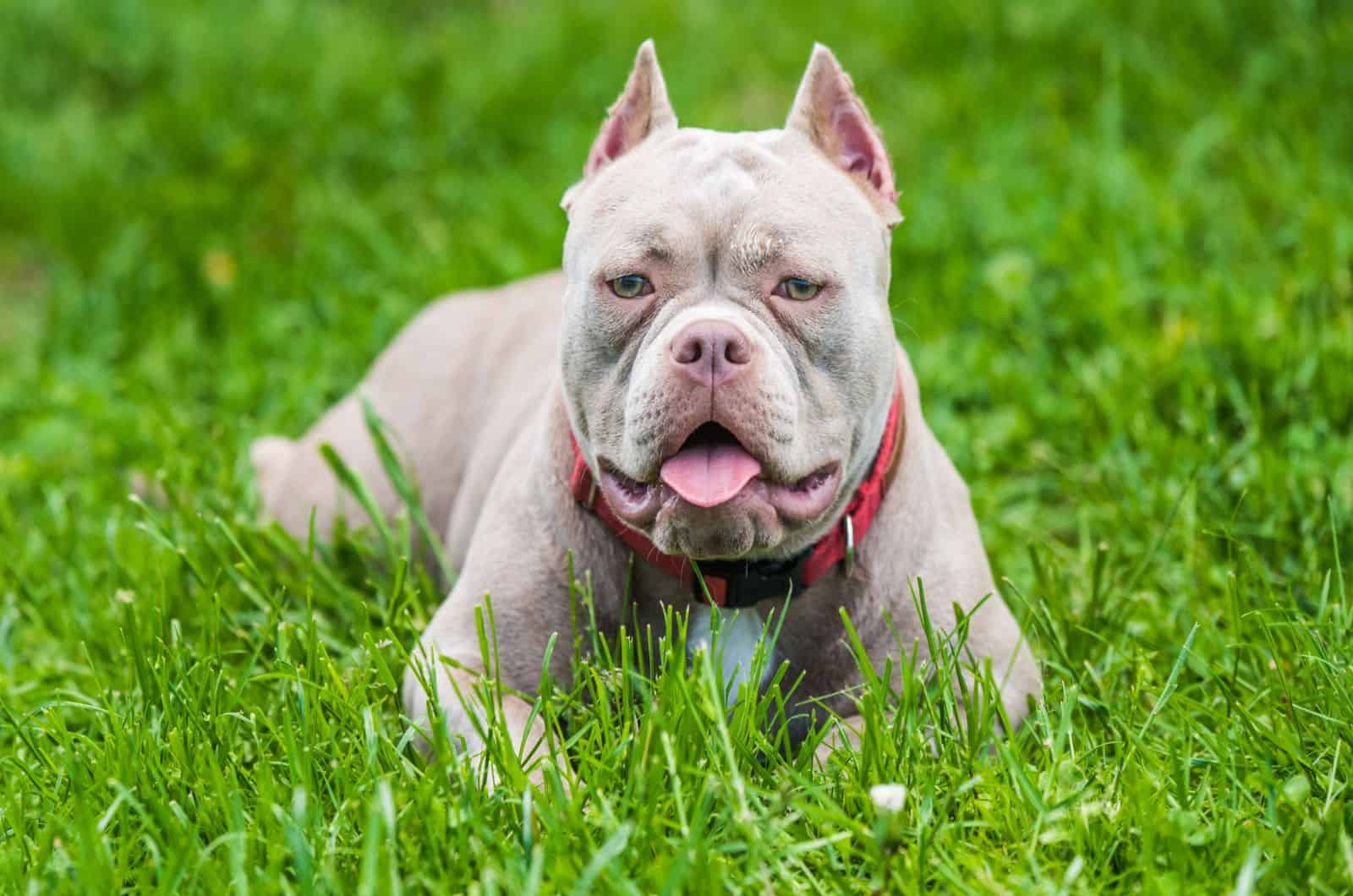
Are They Aggressive?
Pocket Bullies are not an aggressive breed of dog. However, it’s important to note that all dogs have the potential to be aggressive under certain circumstances. For example, if a dog feels threatened or is protecting its owner or territory, it may become aggressive. It’s also important to socialize with Pocket Bullies from a young age to be comfortable around other people and animals.
Do They Get Along With Other Pets?
Some Pocket Bullies are very friendly and love nothing more than playing with their furry (or non-furry) friends. Other Pocket Bullies, however, can be pretty aggressive and may not do well in homes with other animals.

Are They Good as Family Pets?
Pocket bullies make great family pets because they are affectionate and good with children. They also tend to be very protective of their families, providing a sense of security. With the proper training and environment, pocket bullies can make great family pets.
Working Qualities of Pocket Bully
1. Athletic – Pocket Bullies are very athletic and excel in any physical activity you throw their way. These dogs are up for anything from running and hiking to swimming and agility courses.
2. Intelligent – Pocket Bullies are also very intelligent in addition to being physically gifted. They are quick learners and thrive when given new challenges to solve.
3. Strong Work Ethic -Pocket Bullies have a strong work ethic and are always willing to please their owners. Whether you’re training them for competition or teaching them basic obedience commands, they will give it their all.
4. Good Temperament – Another excellent quality of Pocket Bullies is their good temperament. They are generally friendly and good with children and other animals, making them great family pets.
5. Eager to Please – As mentioned before, Pocket Bullies have a strong work ethic and are eager to please their owners. This makes them easy to train and a joy to be around.
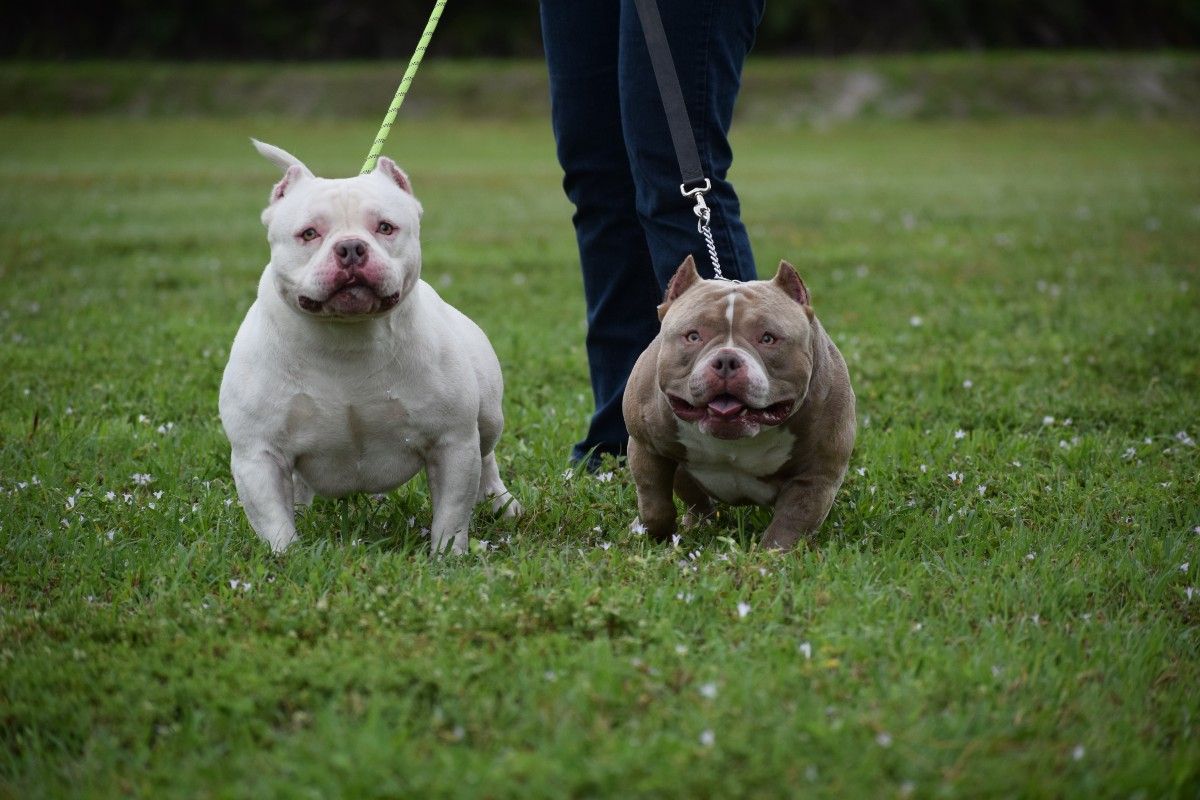
Training Pocket Bully
1. Start with basic obedience commands such as sit, stay, come, down, and off. It is important that your dog masters these commands before moving on to more complicated tricks.
2. Be consistent with your commands. If you tell your dog to sit and then stand up, don’t give him a treat. Dogs will quickly learn that they can get away with disobeying if they are only sometimes punished for it.
3. Use positive reinforcement techniques such as treats or praise when your dog does something you have asked him to do. This will let him know he is doing what you want and encourage him to continue listening to you.
4. Be patient. Training takes time and patience. Don’t get frustrated if your dog doesn’t seem to be progressing as quickly as you would like. Just keep at it, and eventually, he will catch on.
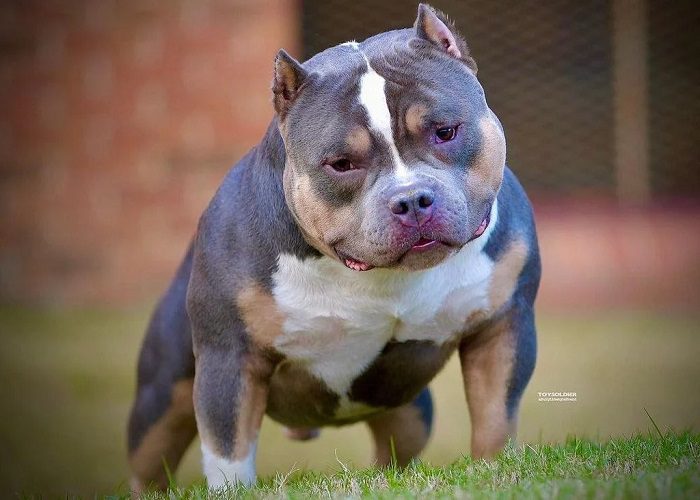
Exercise Requirement of Pocket Bully
While they may not need as much exercise as some other breeds, they still require a fair amount to stay healthy and happy. In this blog post, we will go over how much exercise your Pocket Bully needs daily.
A Pocket Bully should get at least 30 minutes of exercise per day. This can be in the form of walks, runs, playing fetch, or any other activity that gets them moving. If you cannot provide this amount of exercise, you may want to consider another breed of dog.
Walks: A good way to start the day is with a nice walk around the block. This will give your dog time to explore its surroundings and get fresh air. You should aim for at least 30 minutes, but if you can do more, that’s great!
Runs: Another great way to get some exercise is by going for runs with your dog. This is especially good if you live in an area with lots of trails or open space. Just be sure to start slow and build up their endurance so they don’t overdo it and hurt themselves.
Fetch: Playing fetch is always fun to bond with your dog while also getting them some exercise. If you have a backyard, that’s great! If not, there are plenty of parks or open spaces in your neighborhood where you can play fetch together.
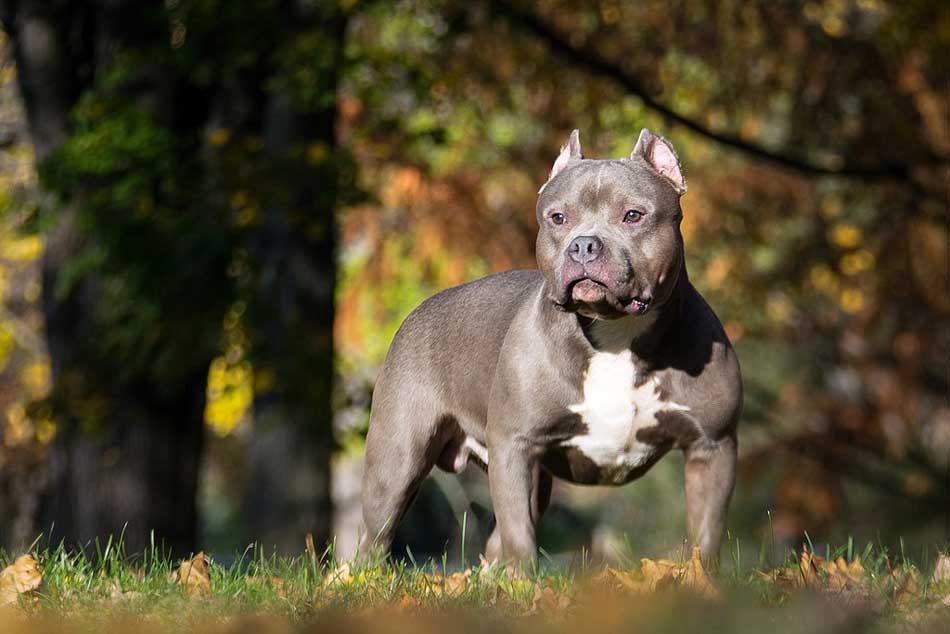
Grooming of Pocket Bully
1. Brush your dog’s teeth regularly. Pocket Bullies have strong jaws and teeth, making brushing their teeth challenging. However, brushing your dog’s teeth regularly is important to prevent gum disease and other dental problems. You can use a toothbrush designed for dogs or a regular toothbrush with soft bristles.
2. Bathe your dog as needed. You only need to bathe your Pocket Bully when they get dirty. This breed does not have an oily coat, so they do not need to be bathed as often as other breeds of dogs. When you do bathe your dog, use a mild shampoo designed for dogs. Also, avoid getting water in your dog’s ears and eyes.
3. Trim your dog’s nails regularly. It is important to keep your Pocket Bully’s nails trimmed, so they do not get too long and cause discomfort. You can trim your dog’s nails at home with a nail clipper designed for dogs or take them to a groomer to have them trimmed professionally.
4. Keep your dog’s ears clean and dry. Because Pocket Bullies have such short coats, their ears can be prone to infection if they are not kept clean and dry. You should check your dog’s ears weekly and clean them with a cotton ball dampened with water or an ear cleaner specifically designed for dogs. Contact your veterinarian immediately if you notice any redness, swelling, or discharge in your dog’s ears.
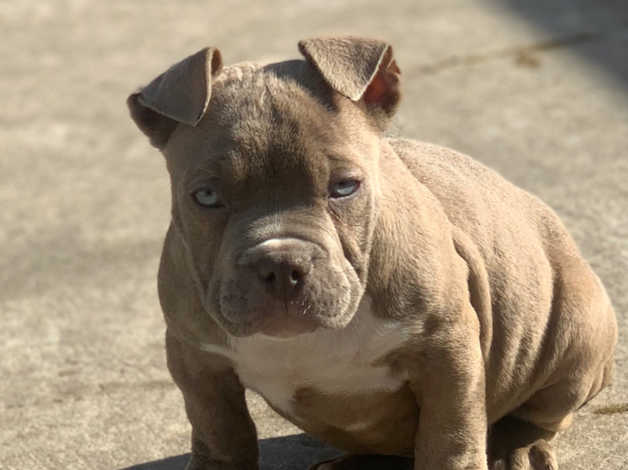
Is Pocket Bully Hypoallergenic?
The Bully is one of the most low shedding breeds, but they are NOT hypoallergenic. You’ll only need to brush your dog once weekly, which means more money in YOUR pocket! But be aware that this breed does best with warmer climates because their coat can get too thick if it’s cold where you live (not always true, though).
Food and Diet of Pocket Bully
As a general rule, pocket bullies need a diet high in protein and fat and low in carbohydrates. This is because pocket bullies are a very active breed and need the extra energy that protein and fat provide. So a good way to think about it is that pocket bullies need a “high-performance” diet.
In terms of specific food options, there are a few things to keep in mind.
- First, look for foods that are specifically designed for pocket bullies. These foods will have the right mix of nutrients that your pocket bully needs.
- Second, avoid foods that are high in fillers or by-products. These ingredients can be complex for your pocket bully to digest and can cause health problems down the road.
- Third, consult your veterinarian before making major changes to your pocket bully’s diet. They will be able to give you specific recommendations based on your individual pet’s needs.
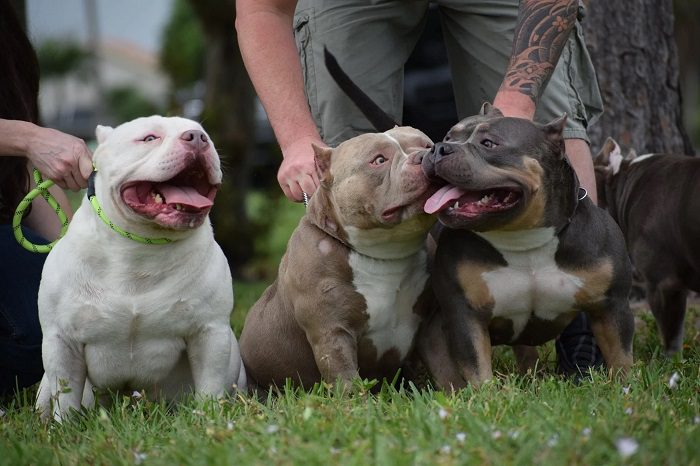
The lifespan of Pocket Bully
Pocket Bullies are generally healthy dogs with an average lifespan of 12-14 years. However, like all breeds, they are susceptible to specific health conditions such as hip dysplasia, heart disease, and allergies. Be sure to talk to your veterinarian about the best way to keep your Pocket Bully healthy and happy.
Common Health Issues of Pocket Bully
#1. Hip Dysplasia
Hip dysplasia is a condition that results when the hip joint doesn’t form properly. This can cause pain and lameness in the affected leg. Hip dysplasia is a hereditary condition that can also be aggravated by obesity. If you think your dog may suffer from hip dysplasia, take them to the vet for an X-ray.
#2. Elbow Dysplasia
Elbow dysplasia is a condition that affects the elbow joint and is caused by a malformation of the bones or cartilage. Elbow dysplasia can also be aggravated by obesity and is a common cause of lameness in the front leg. If you think your dog may have elbow dysplasia, take them to the vet for an X-ray.
#3. Cherry Eye
Cherry eye is a condition where the tear gland prolapses from its normal position in the third eyelid and becomes visible as a pink or red mass in the corner of the eye. Cherry eye usually affects both eyes, but often only one eye will prolapse at a time. If you think your dog has cherry eye, take them to the vet for treatment.
#4. Patellar Luxation
Patellar luxation is a condition where the kneecap (patella) slips out of place. This can cause pain and lameness in the affected leg. Patellar luxation is often caused by genetics but can also be aggravated by obesity, trauma, or arthritis. If you think your dog has patellar luxation, take them to the vet for an examination.
#5. Demodectic Mange
Demodectic mange, also known as demodicosis or red mange, is a skin condition caused by Demodex mites. These mites are found naturally on all dogs, but they only cause problems when they overpopulate due to an underlying health condition or weakened immune system.
Demodectic mange usually manifests as patches of hair loss with scaly skin underneath, but it can also cause crusting, ulcerations, and secondary infections if left untreated. If you think your dog has demodectic mange, take them to the vet for treatment.”

Where Can I Purchase A Pocket Bully?
The American Bully Kennel Club (ABKC) is the best place to start when looking for a Pocket Bully. The ABKC is the official registrar of the Pocket Bully breed and will have a list of reputable breeders you can contact. Once you’ve found a breeder that you’re interested in working with, be sure to do your research!
Ask for references, check their social media accounts, and read reviews online. You want to be sure that you’re working with a reputable breeder with the dogs’ best interests at heart.
Pocket Bully Puppy Cost
Pocket bully puppies can cost anywhere from $3,000 to $8,000, depending on their bloodline and the breeder. Some breeders may also charge extra for vaccinations and shipping.

Is Pocket Bully Right for Me?
Pocket bullies are not recommended for families with small children, as their size makes them susceptible to being injured by accidental roughhousing.
In addition, pocket bullys may not do well in apartments or other small living spaces due to their need for regular exercise.
If you think a pocket bully is right for you, be sure to do your research and find a reputable breeder. Pocket bullies make great pets, but they are not suitable for everyone.
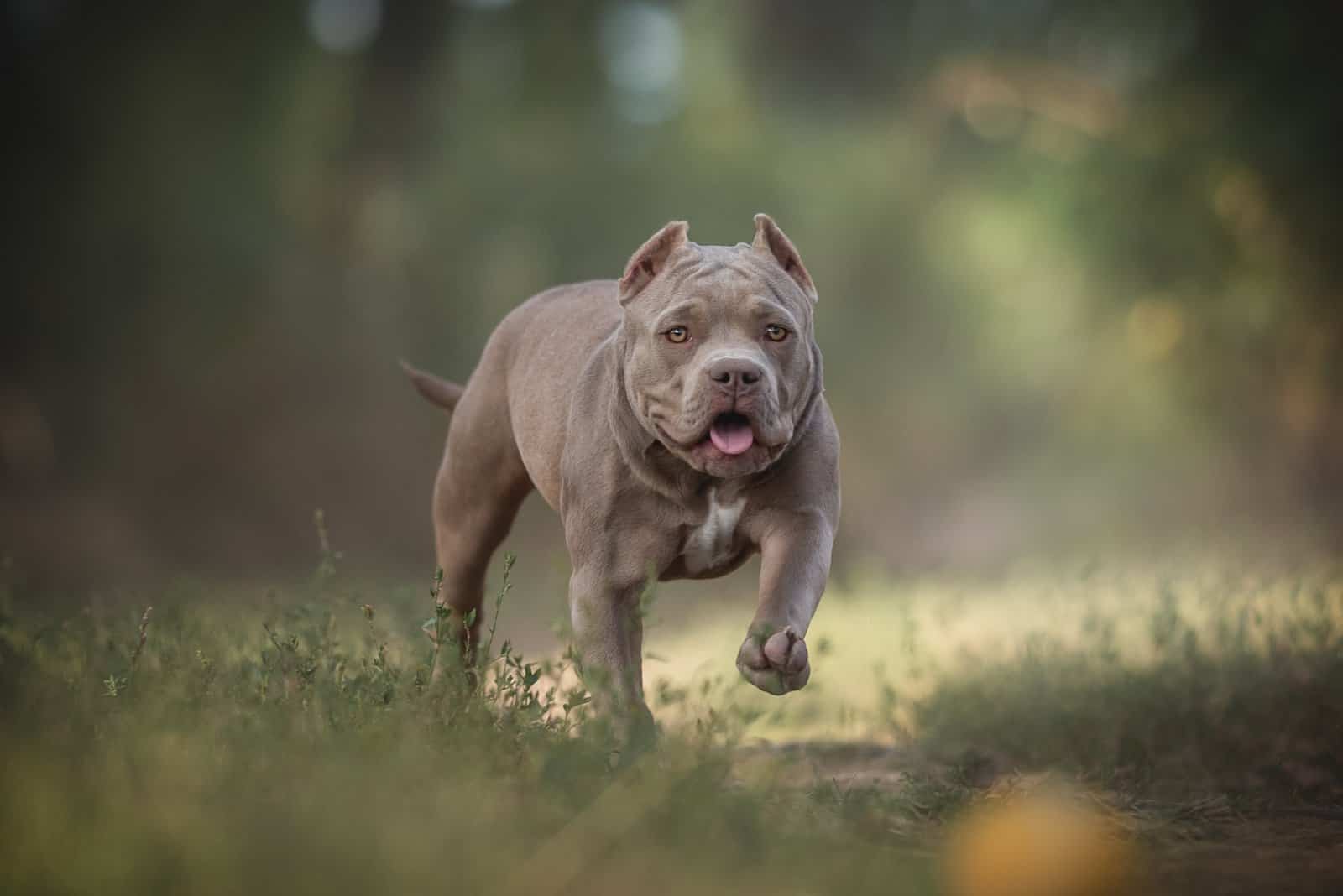
Final Thoughts
The pocket bully is a unique and relatively new breed of dog. They are known for their loving and affectionate nature, making them great family pets. However, they are not recommended for families with small children due to their size. If you’re thinking about getting a pocket bully, be sure to do your research and find a reputable breeder.
Frequently Asked Questions
WHAT IS A POCKET BULLY?
Pocket Bulldogs are a cross between American pit Bulls and Patterdale Terriers. They have the intimidating traits of an angry, powerful dog, such as a sense of dominance or protection. Still, they’re also different because these dogs were developed to be smaller than their larger relatives, so you can carry them around in your pocket without worrying about hurting them.
IS A POCKET BULLY AGGRESSIVE?
The Pocket Bully is a friendly and loving breed that doesn’t usually show aggression. Although they may look intimidating, this dog’s natural behavior isn’t like what people think it will be.
WHY ARE POCKET BULLIES EXPENSIVE?
The Micro bully is a smaller, higher-end breed of dog bred for its healthy and muscular body. They tend to be more expensive than standard buggys because it’s challenging to produce these types easily, so there won’t always be around as many puppies from them, but those who own one know what their puppy will grow into.
WHAT TYPE OF DOG IS A POCKET BULLY?
The Pocket Bully is a hybrid dog bred from an American Pit Bull Terrier and Patterdale Terriers. Unlike what people think, it isn’t considered one of those pure breeds like Labradors, for example, because any major kennel clubs do not officially recognize it, so you’ll have to read about them here on our blog.


